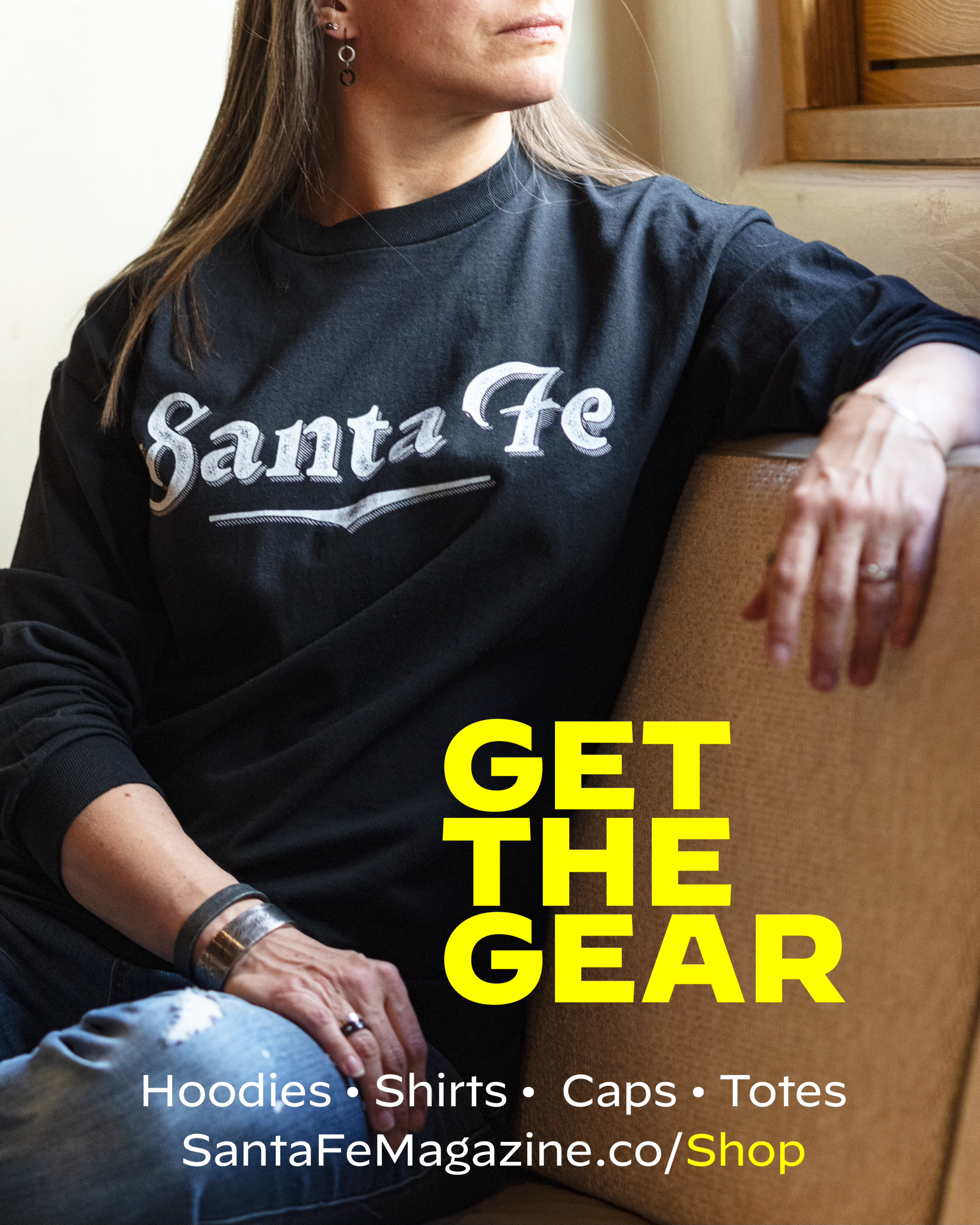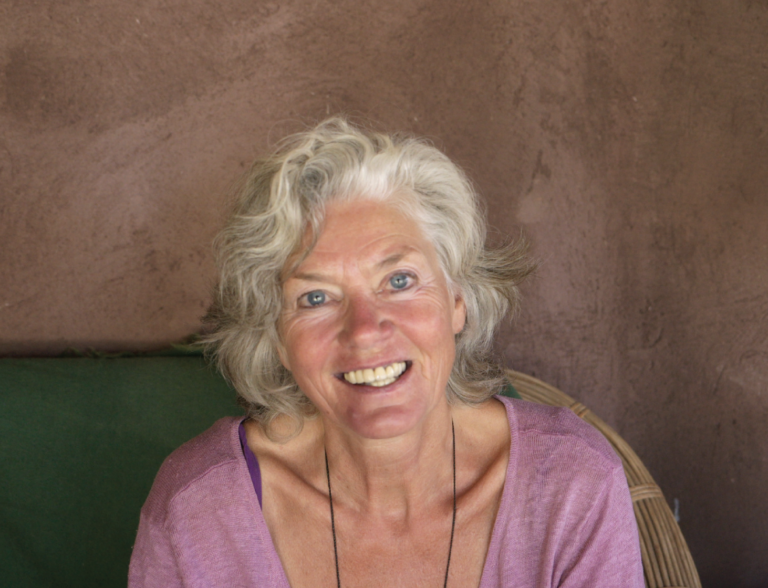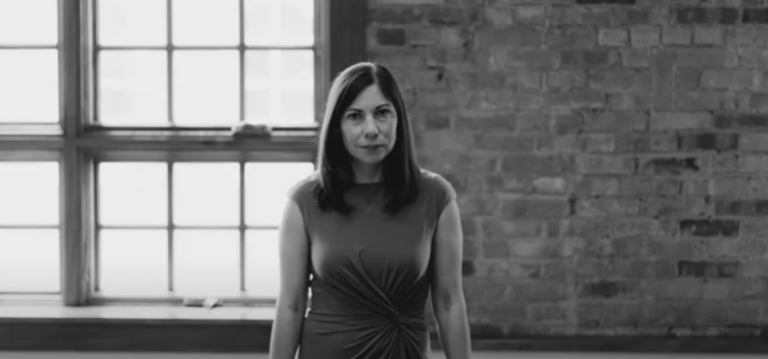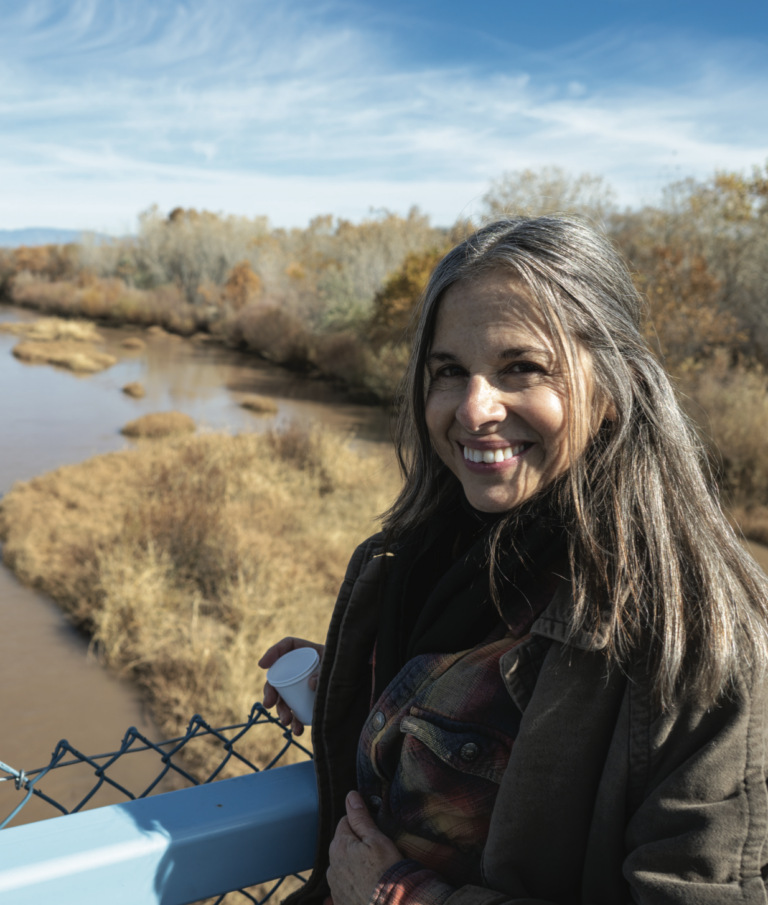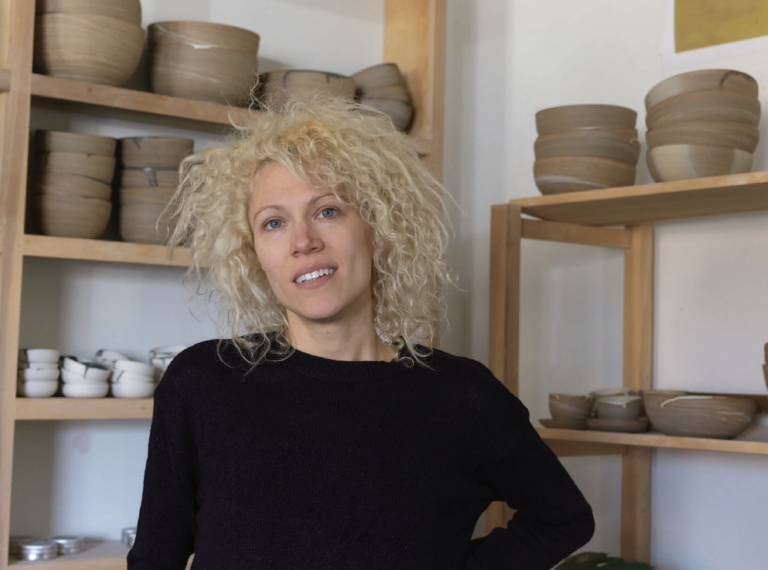WHEN YOU WALK INTO HIS LIVING ROOM, off 84, just north of Cities of Gold, you think you’ve entered a William Coupon Museum. Modern floor to ceiling windows are flanked by massive images of Miles, Reagan, Aboriginal people, and Eskimos. It’s sort of breathtaking.
William Coupon may be the only photographer most famous for his backdrops – Belgian linen. He started using it when he was shooting punks at the Mudd Club in the ‘70s, and the linen was so successful he wound up schlepping it to the Oval Office to photograph Nixon. As the writer Glenn O’Brien described it, William is interested in people. He wants the face. He wants the expression. He doesn’t want the wallpaper or the linoleum or the South Lawn or the entourage or the rain forest. He’s a face artist and he’s there to get the most out of it. He’s there, as any true primitive will tell you, to steal the soul. Well, borrow it anyway. So this requires focus. Isolation. The backdrop that blocks out everything but the person. Not seamless paper but something he painted to achieve maximum “backgroundiness.”
I worked as an Art Director at Esquire in the early 1980s. Whenever my boss, Creative Director Robert Priest, needed someone really, really important photographed, whenever he needed subtlety, art, and gravitas, he would lean back in his chair and quietly say, Get Bill on the phone.
You were in New York since the seventies.
I was living downtown and one day I looked up and said, I don’t want to pay $5000 a month to live here anymore. I really don’t love it like I used to. I’d been to Santa Fe, liked it, so I picked up and moved. And now I’m not going anywhere.
You are famous for your backdrop. How did you come up with that?
A lot of people were shooting portraits using plain backdrops. I wasn’t interested in that. I always loved paintings and wanted to do something that looked like a painting.
So I went and got a piece of Belgian linen – its woven and a lot more porous than regular linen. I took it home and painted on it and then took it to the Mudd Club and shot some of the punks against it and it worked pretty well. So I took it to Haiti.
Haiti, right. You’ve traveled the world doing “Social Studies” projects, photographing indigenous people against this same backdrop.
I did thirty of those, shooting various subcultures. It was a sort of organic labyrinth of criteria. I wasn’t trained to be a photographer; I didn’t study it at all. So, the first time I went to Haiti I took everything down there, including a strobe. But they use 220 volt and it immediately blew up. So no strobe. All I had was a little hand flash and it worked great. Eventually I started learning about filtration, but always liked that raw look.
Then you started shooting magazine covers.
Yeah, some art directors heard about me. Word of mouth I guess. I wound up doing a bunch of presidents for Time, and lots of covers for Rolling Stone, The New York Times, and Esquire.
It was all the same backdrop. You know, it was kind of hairy to shoot all of those guys. Nixon was chatty, baseball talk.
Even though they are “formal” portraits, they feel intimate.
Yeah, I think maybe that’s because I’m a little bit neurotic. People see me acting all sort of odd, and I think it sort of relaxes them.
Your background makes these pictures look like history. You’re sort of a historian, no?
I’ve been lucky to shoot some amazing people. But for years, people would always say, Can you get off the background already?
No is the answer.
More at WilliamCoupon.com or at Edition One Gallery or Gerald Peters Gallery in Santa Fe.
Photo William Coupon

